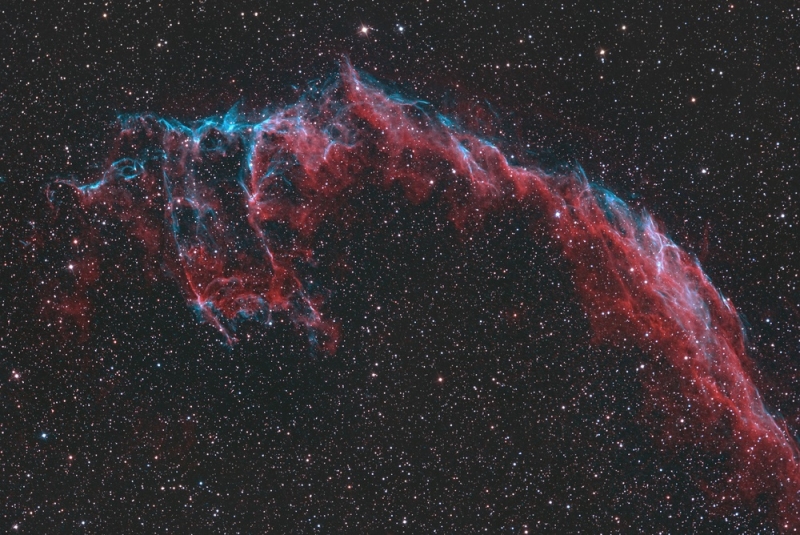
NASA’s Kepler Space Telescope was launched in 2009 with the purpose of finding faraway planets that could potentially support life, but astronomers say it may have discovered something even more exciting – a large cluster of objects in space that look like something you would “expect an alien civilization to build.”
Kepler spent the last four years observing a patch of sky between the Cygnus and Lyra constellations. The telescope monitored more than 150,000 stars simultaneously, looking for repeated tiny dips in the light emitted by the stars which are often caused by the shadows of orbiting objects. The data was analyzed by Planet Hunters, a program that asked ‘citizen scientists’ to examine the light patterns, and one star in particular stood out as “interesting” and “bizarre.”
When a planet passes in front of a star, the star dims only for a short period of time - and this happens on a regular basis. But when a star called KIC 8462852 was examined, it was discovered that the light it emitted was darkening by as much as 20 percent at irregular intervals and staying dark for anywhere between 5 and 80 days.
Tabetha Boyajian, a postdoc at Yale, told The Atlantic : “We’d never seen anything like this star. It was really weird. We thought it might be bad data or movement on the spacecraft, but everything checked out.”
Scientists say the light fluctuations aren’t caused by a planet, and while they could be caused by a mass of matter in tight formation, KIC 8462852 is too old to be surrounded by the rings of debris that tend to circle around younger stars. Neither do the scientists think it could be caused by a recent collision.
This leaves the possibility that another star had pulled a string of comets close to KIC 8462852. Boyajian recently published a paper on the discovered phenomenon, noting that this comet theory is the most promising explanation - even though it would involve an incredibly improbable coincidence.
Penn State astronomer Jason Wright gave an alternative explanation: “Aliens should always be the very last hypothesis you consider, but this looked like something you would expect an alien civilization to build.” Wright proposed that the light pattern may correlate with a “swarm of megastructures.”
Boyajian is writing a proposal with Wright and Andrew Siemion, Director of the Berkeley SETI Research Centre, to direct a massive radio dish at the star to study its radio waves. If any frequencies that suggest technological activity are discovered, the next step will be an observation using the Very Large Array in New Mexico. “If we saw something exciting, we could ask the director for special allotted time on the VLA. And in that case, we’d be asking to go on right away,” said Wright.
Image credit: Reinhold Wittich / Shutterstock
https://www.techspot.com/news/62438-astronomers-they-have-discovered-star-may-orbited-giant.html